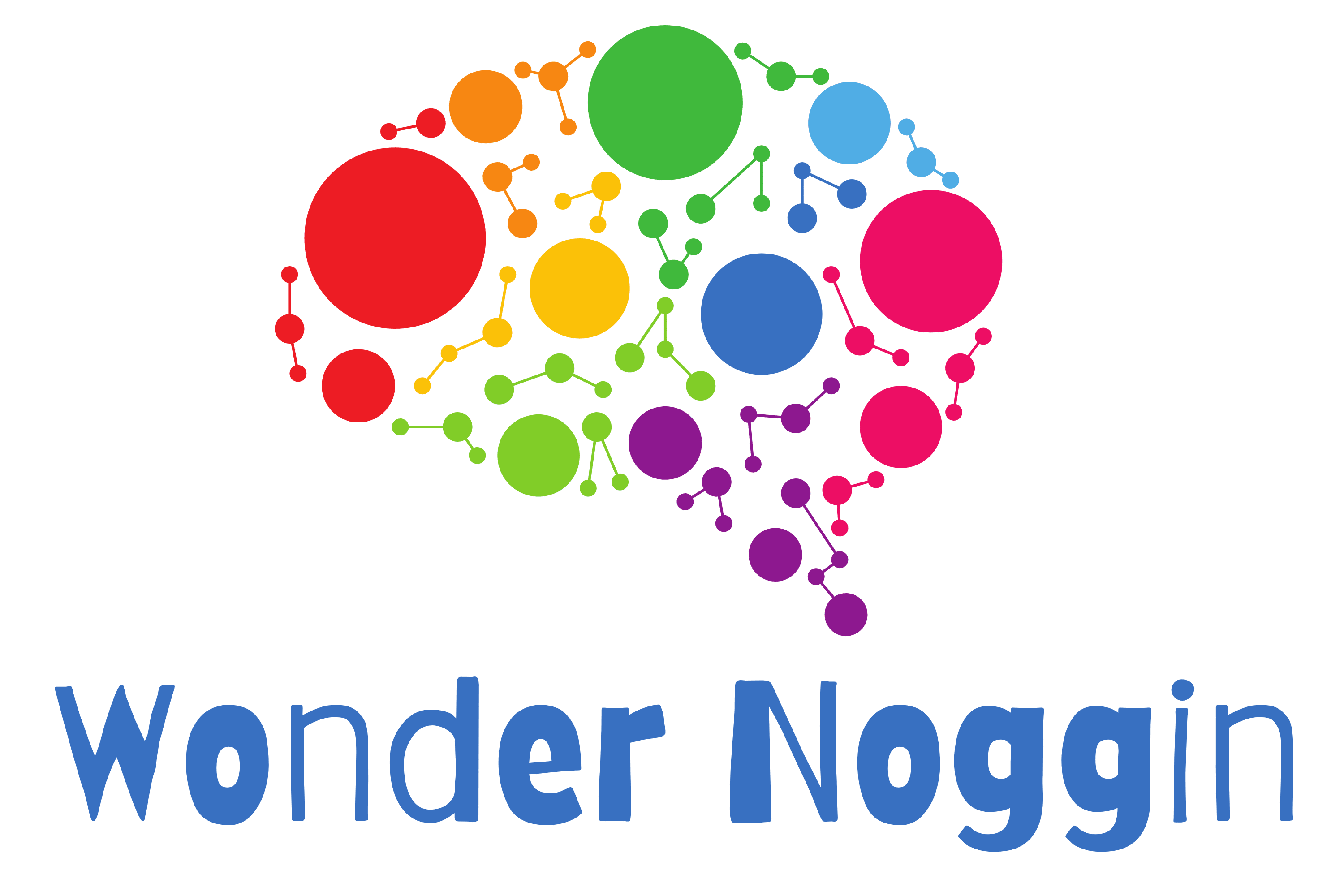Are you eager to nurture your child’s mathematical abilities from an early age?
As a parent, you’re in the perfect position to foster a love for numbers and problem-solving in your little one. Math books designed for 5-year-olds can be an excellent tool to introduce basic concepts in a fun, engaging way.
Math Books for 5-Year-Olds: Why They Are Important
Math books for 5-year-olds play a crucial role in developing foundational skills and fostering a love for numbers. These books help children understand the number system, including the concept of zero as a placeholder. These books offer several key benefits:
Enhancing Math Understanding and Problem-Solving Skills
Math books designed for young readers introduce basic concepts like number sense, counting, and simple arithmetic operations. They present these ideas in engaging and visual ways, making them more accessible to young minds. For example:
“10 Black Dots” by Donald Crews uses simple illustrations to teach counting and basic addition.
“Quack and Count” by Keith Baker combines a fun story with counting exercises, reinforcing number recognition.
Integrating Math into Real-Life Situations
These books often relate mathematical concepts to everyday scenarios, making the subject more relatable and interesting for children. This approach helps kids see the practical applications of math in their daily lives. For instance:
“The M&M’s Brand Counting Book” by Barbara Barbieri McGrath uses familiar candies to teach counting, sorting, and basic shapes.
STEM books for 5-year-olds often incorporate math concepts into broader scientific and engineering contexts, showing how numbers are used in the real world.
Promoting Literacy and Vocabulary
Math books for young children serve a dual purpose by enhancing both mathematical and literacy skills. They combine storytelling with numerical concepts, helping to:
- Expand vocabulary related to math and numbers
- Improve reading comprehension through engaging narratives
- Develop language skills alongside mathematical thinking
By incorporating math books into a child’s reading routine, you’re laying the groundwork for future academic success in both mathematics and language arts.
Types of Math Concepts for Young Learners
Math books for 5-year-olds cover various fundamental concepts essential for early mathematical development. These books introduce key ideas through engaging stories and vibrant illustrations, making learning fun and accessible for young minds.
Counting and Number Recognition
Counting and number recognition form the foundation of early math skills. Books in this category help children:
- Identify numbers from 1 to 10 and beyond
- Understand one-to-one correspondence
- Practice counting objects in different arrangements
Basic Addition and Subtraction
Simple arithmetic concepts are introduced through stories and visual representations. Books focusing on addition and subtraction:
- Present basic math facts in an engaging narrative
- Use everyday objects to demonstrate combining and taking away
- Encourage problem-solving skills
Shapes and Geometry
Geometry books for young learners focus on:
- Identifying basic shapes (circles, squares, triangles)
- Recognizing shapes in the environment
- Understanding spatial relationships
These concepts are often integrated with STEM topics, making them ideal for introducing engineering and other concepts with technology books for 5-year-olds.
Patterns and Sorting
Books on patterns and sorting help develop logical thinking skills. They typically cover:
- Identifying and creating simple patterns
- Classifying objects based on attributes
- Recognizing similarities and differences
Many STEM books for 5-year-olds incorporate these concepts, linking math with science and technology through hands-on activities and colorful illustrations with many of my favorite science books for 5-year-olds.
Choosing the Right Math Books
Selecting appropriate math books for 5-year-olds is crucial for fostering a love of numbers and building a strong mathematical foundation. Consider these key factors when choosing math books for young learners:
Age-Appropriate Content
Age-appropriate content ensures that the mathematical concepts presented are neither too simple nor too complex for 5-year-olds. Look for books that focus on:
- Counting from 1 to 20
- Basic addition and subtraction with single-digit numbers
- Simple shapes and patterns
- Introductory measurement concepts
For example, “Quack and Count” by Keith Baker introduces addition through a story about ducklings, while “Anno’s Counting Book” by Mitsumasa Anno uses clear illustrations to teach counting from 1 to 12.
Interactive and Engaging Elements
Interactive elements in math books capture children’s attention and promote active learning. Choose books that:
- Include lift-the-flap features
- Offer counting activities on each page
- Provide simple problem-solving exercises
- Encourage children to draw or write answers
“Elevator Magic” by Stuart J. Murphy is an excellent example, featuring an interactive story that teaches subtraction as children count floors in an elevator.
Visual Appeal and Illustrations
Visually appealing books with colorful illustrations help maintain children’s interest and reinforce mathematical concepts. Look for:
- Bright, eye-catching colors
- Clear, uncluttered illustrations
- Visual representations of numbers and shapes
- Diverse characters that children can relate to
When selecting math books for 5-year-olds, also consider STEM books that integrate science, technology, engineering, and math concepts.
These books provide a broader context for mathematical learning and introduce children to interconnected STEM fields at an early age.
Consider the Child’s Interests and Learning Style
When introducing math concepts to children, it’s essential to consider their interests and learning style. Every child is unique, and understanding what excites them can make a significant difference in their learning experience. Some children are visual learners who benefit from colorful illustrations and diagrams, while others might be more hands-on, enjoying activities that involve physical objects.
For instance, if your child loves animals, you can use animal-themed math problems to teach counting and number recognition.
Books like “One Gorilla: A Counting Book” by Atsuko Morozumi can be a great introduction. For hands-on learners, using manipulatives such as blocks or counting bears can make abstract concepts more tangible. Engaging in activities like sorting toys by color or size can also help children grasp sorting and categorization.
By aligning math lessons with your child’s interests and preferred learning style, you create a more personalized and enjoyable learning experience. This approach not only makes math fun but also helps children develop a deeper understanding of mathematical concepts.
Best Math Book Categories for 5-Year-Olds
Math books for 5-year-olds come in various categories, each targeting specific mathematical concepts. These categories help children develop foundational math skills through engaging stories and activities.
Counting Books
Counting books introduce basic number concepts and help children practice counting skills.
“Anno’s Counting Book” by Mitsumasa Anno uses simple illustrations to teach counting from 1 to 12.
“Quack and Count” by Keith Baker incorporates seven ducklings to teach counting and basic addition.
“1, 2, 3, to the Zoo: A Counting Book” by Eric Carle takes children on a zoo adventure, counting animals from 1 to 10. “Fish Eyes: A Book You Can Count On” by Lois Ehlert uses colorful fish eyes to help children count from 1 to 10.
Shape and Geometry Books
Shape and geometry books introduce basic geometric concepts and spatial relationships. “The Shape of Things” by Dayle Ann Dodds explores various shapes and their real-world applications.
These books help children recognize and identify shapes in their environment, laying the foundation for more advanced geometric concepts.
Pattern Recognition Books
Pattern recognition books develop logical thinking and analytical skills. These books encourage children to identify, create, and extend patterns using shapes, colors, or numbers. Pattern recognition is a crucial skill that supports mathematical reasoning and problem-solving abilities.
Simple Addition and Subtraction Stories
Books featuring simple addition and subtraction stories introduce basic arithmetic concepts through engaging narratives. These stories often use visual aids and relatable scenarios to help children understand the concepts of adding and subtracting small numbers.
STEM books for 5-year-olds often integrate multiple categories, combining math concepts with science, technology, and engineering principles. These books provide a broader context for mathematical learning and help children see the connections between different STEM disciplines.
Incorporating Math Books into Daily Routines
Integrating math books into your 5-year-old’s daily routines helps reinforce mathematical concepts in a fun and engaging way. Here’s how you can incorporate these books into different parts of your child’s day:
Bedtime Reading
Reading math books at bedtime can be a wonderful way to nurture a child’s natural curiosity and creativity. My son Lincoln, who loves making paper airplanes and building with Legos, is already captivated by engineering. Introducing math stories at night helps him think critically and creatively, enhancing his problem-solving skills. These books are not just educational; they inspire his imagination and fuel his love for engineering, helping him see how math connects to the world he enjoys building.
Playtime Activities
Make playtime educational with math-themed books that encourage hands-on learning:
- “Math & Magic in Wonderland” by Lilac Mohr: Combine math with magical themes to spark your child’s imagination during playtime.
- Use STEM books for 5-year-olds to integrate math concepts with science, technology, and engineering principles during play sessions.
- Incorporate shape-based activities inspired by geometry books to enhance spatial awareness and recognition skills.
- Use counting books to practice number recognition during grocery shopping or while setting the table.
- Apply pattern recognition skills from math books to identify sequences in nature or household objects.
- Relate simple addition and subtraction stories to everyday scenarios, like sharing toys or snacks with friends.
Benefits of Math Books Beyond Numbers
Math books for 5-year-olds offer advantages that extend far beyond teaching numerical concepts. These books provide a foundation for various cognitive skills essential for a child’s overall development.
Language Development
Math books significantly enhance language skills in young children. They often incorporate storytelling, expanding vocabulary and literacy abilities. Books like “Quack and Count” by Keith Baker and “Rooster’s Off to See the World” by Eric Carle use engaging narratives that promote both math understanding and language proficiency.
These stories introduce mathematical terms in context, helping children associate numbers and operations with everyday language.
Problem-Solving Skills
Math books designed for young children are excellent tools for fostering problem-solving abilities. They present mathematical situations in ways that encourage critical thinking and analytical reasoning. Through colorful illustrations and interactive elements, these books challenge children to approach problems creatively, developing their logical thinking skills.
This problem-solving foundation is crucial for future success in STEM fields.
Creativity and Imagination
Math books for 5-year-olds stimulate creativity and imagination. They often present numbers and mathematical concepts in unique, visually appealing ways that inspire children to think outside the box. Many STEM books for 5-year-olds integrate math with science, technology, and engineering concepts, encouraging children to explore connections between these fields.
This interdisciplinary approach fosters innovative thinking and helps children see math as a tool for creative expression and problem-solving in various contexts.
Introducing Math Concepts to 5-Year-Olds
Introducing math concepts to 5-year-olds can be a delightful adventure. At this age, children are naturally curious and eager to explore new ideas. Here are some effective strategies to make math learning engaging and fun:
- Use Real-Life Examples: Incorporate everyday objects and situations to demonstrate math concepts. For example, counting blocks, measuring the length of a toy, or even counting steps while walking can make abstract ideas more concrete.
- Make It Interactive: Engage children in hands-on activities like sorting and categorizing objects. This not only helps them understand math concepts but also keeps them actively involved in the learning process.
- Use Visual Aids: Pictures and diagrams can be powerful tools to help children visualize math concepts. Books like “Ten in the Bed” by Penny Dale use engaging illustrations to teach counting and sequencing.
- Keep It Simple: Start with basic concepts such as counting, basic addition, and subtraction. Gradually build on these foundations as your child becomes more comfortable with the material.
Books like “The Greedy Triangle” by Marilyn Burns and “Mouse Count” by Ellen Stoll Walsh are excellent resources for introducing these concepts in a fun and engaging way.
Teach Kids Math Concepts through Storytelling
Storytelling is a powerful method to teach kids math concepts. By weaving math into stories, you can capture children’s imaginations and make learning more enjoyable. Here are some tips for using storytelling to teach math:
- Use Math-Themed Books: There are many wonderful books that incorporate math concepts into their narratives. “The Very Hungry Caterpillar” by Eric Carle and “Ten Black Dots” by Donald Crews are great examples that make counting and number recognition fun.
- Create Your Own Stories: Use everyday situations and objects to craft your own math-themed stories. This can be a fun activity that allows you to tailor the story to your child’s interests.
- Make It Interactive: Encourage children to participate in the storytelling process. Ask them to solve math problems or complete math-related tasks as part of the story. This keeps them engaged and reinforces their learning.
- Use Visual Aids: Pictures and diagrams can help children visualize math concepts and make the story more engaging. Books by authors like Lily Toy Hong, Steven Kellogg, and Ann Tompert are excellent for this purpose.
By integrating math into stories, you can teach kids important concepts in a way that feels natural and enjoyable.
The Role of Picture Books in Early Math Education
Picture books play a vital role in early math education. They introduce children to math concepts in a fun and engaging way, making learning feel like an adventure. Here are some ways picture books support early math education:
- Introduce Math Concepts: Picture books can introduce basic math concepts such as counting, addition, and subtraction.
- Develop Problem-Solving Skills: Many picture books encourage children to think critically and solve problems. This helps develop their analytical skills and prepares them for more complex math challenges.
- Build Math Vocabulary: Picture books introduce children to new math-related words and concepts, helping to build their vocabulary. This is crucial for their overall language development and understanding of math.
- Make Math Fun: Picture books make math fun and engaging, helping to build children’s confidence and enthusiasm for the subject. Books like “Mouse Count” by Ellen Stoll Walsh use playful stories and illustrations to make learning enjoyable.
By incorporating picture books into early math education, you can help children develop a strong foundation in math while fostering a love for learning.
Engaging and Interactive Stories
Engaging and interactive stories are essential for teaching kids math concepts. By making math part of a story, you can capture children’s interest and make learning more effective. Here are some tips for creating engaging and interactive math stories:
- Use Real-Life Examples: Incorporate everyday objects and situations into your stories. For example, counting blocks or measuring the length of a toy can make math concepts more relatable.
- Make It Interactive: Encourage children to participate in the storytelling process. Ask them to solve math problems or complete math-related tasks as part of the story. This keeps them engaged and reinforces their learning.
- Use Visual Aids: Pictures and diagrams can help children visualize math concepts and make the story more engaging. Books by authors like Marilyn Burns, Steven Kellogg, and Ann Tompert are excellent for this purpose.
- Keep It Simple: Start with basic math concepts such as counting and basic addition and subtraction. Gradually build on these foundations as your child becomes more comfortable with the material.
By using engaging and interactive stories, you can make math learning a fun and enjoyable experience for children.
Conclusion
Math books for 5-year-olds are powerful tools for building a strong foundation in mathematics. They make learning fun engaging and relatable while fostering critical thinking and problem-solving skills. By incorporating these books into daily routines you’ll help your child develop a love for numbers and set them up for future academic success.
Remember to choose age-appropriate interactive and visually appealing books that cover various math concepts. With the right approach math can become an exciting adventure for your little one paving the way for a lifelong appreciation of this essential subject.














0 Comments